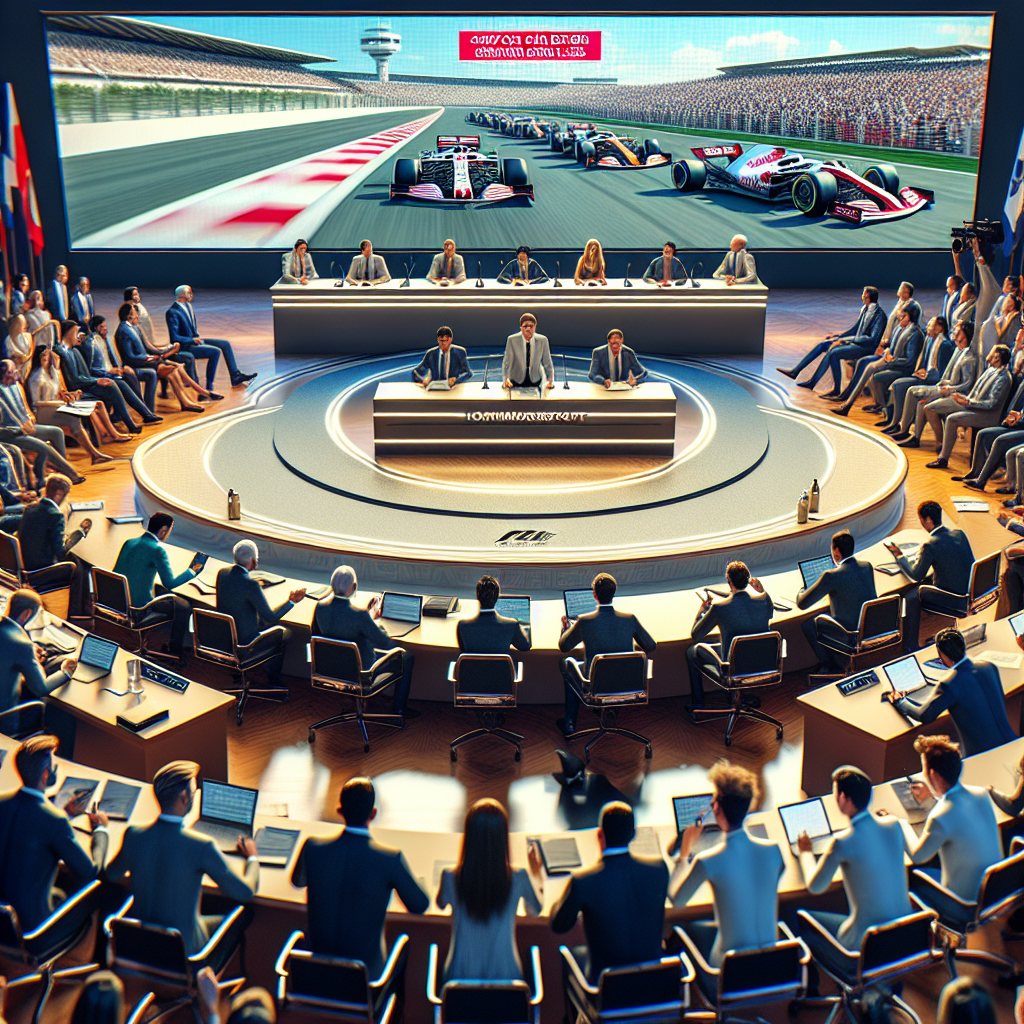The Impact of FIA’s Tighter Regulations on Car Design for the 2025 Season
The announcement by the FIA regarding tighter regulations on car design for the 2025 season has sparked controversy within the motorsport community. These new regulations aim to address concerns about safety, sustainability, and cost-effectiveness in Formula 1 racing. While some argue that these changes are necessary for the future of the sport, others believe that they will stifle innovation and hinder the competitive nature of Formula 1.
One of the main impacts of these tighter regulations is the focus on safety. The FIA has identified several areas where improvements can be made to enhance driver safety. For example, there will be stricter guidelines on the design and construction of the chassis, with an emphasis on improving crash protection. Additionally, the regulations will require the implementation of advanced driver assistance systems, such as collision avoidance technology, to reduce the risk of accidents on the track.
Another significant impact of these regulations is the push for sustainability. Formula 1 has long been criticized for its carbon footprint and excessive use of resources. The FIA aims to address these concerns by introducing regulations that promote the use of sustainable materials and technologies. This includes the requirement for hybrid power units and the use of biofuels, which will reduce emissions and promote a more environmentally friendly approach to racing.
However, not everyone is convinced that these changes will have a positive impact on the sport. Critics argue that the tighter regulations will stifle innovation and hinder the competitive nature of Formula 1. They believe that by imposing stricter guidelines, the FIA is limiting the ability of teams to develop groundbreaking technologies and gain a competitive edge. This, they argue, goes against the very essence of Formula 1, which has always been about pushing the boundaries of engineering and technology.
Furthermore, there are concerns about the cost implications of these regulations. Formula 1 is already an expensive sport, and the introduction of tighter regulations may further increase the financial burden on teams. Some argue that smaller teams will struggle to keep up with the costs of complying with these regulations, potentially widening the gap between the top teams and the rest of the field. This could lead to a less competitive championship and a loss of interest from fans.
Despite the controversy, there are those who believe that these tighter regulations are necessary for the future of Formula 1. They argue that safety and sustainability should be prioritized over innovation and competitiveness. By implementing these regulations, the FIA is taking a proactive approach to address the concerns of fans, sponsors, and stakeholders. They believe that these changes will not only make the sport safer and more sustainable but also attract a new generation of fans who are increasingly conscious of environmental issues.
In conclusion, the FIA’s announcement of tighter regulations on car design for the 2025 season has sparked controversy within the motorsport community. While some argue that these changes are necessary for the future of the sport, others believe that they will stifle innovation and hinder the competitive nature of Formula 1. The impact of these regulations will be felt in areas such as safety, sustainability, and cost-effectiveness. Ultimately, the success of these regulations will depend on finding the right balance between these competing interests and ensuring that Formula 1 remains an exciting and captivating sport for fans around the world.




